How to Taste Tea
Explore the art of tea tasting with Lipbusycare. Learn to evaluate tea's appearance, aroma, taste, and mouthfeel anytime, anywhere. Enhance your appreciation and enjoyment with our expert tips and techniques.
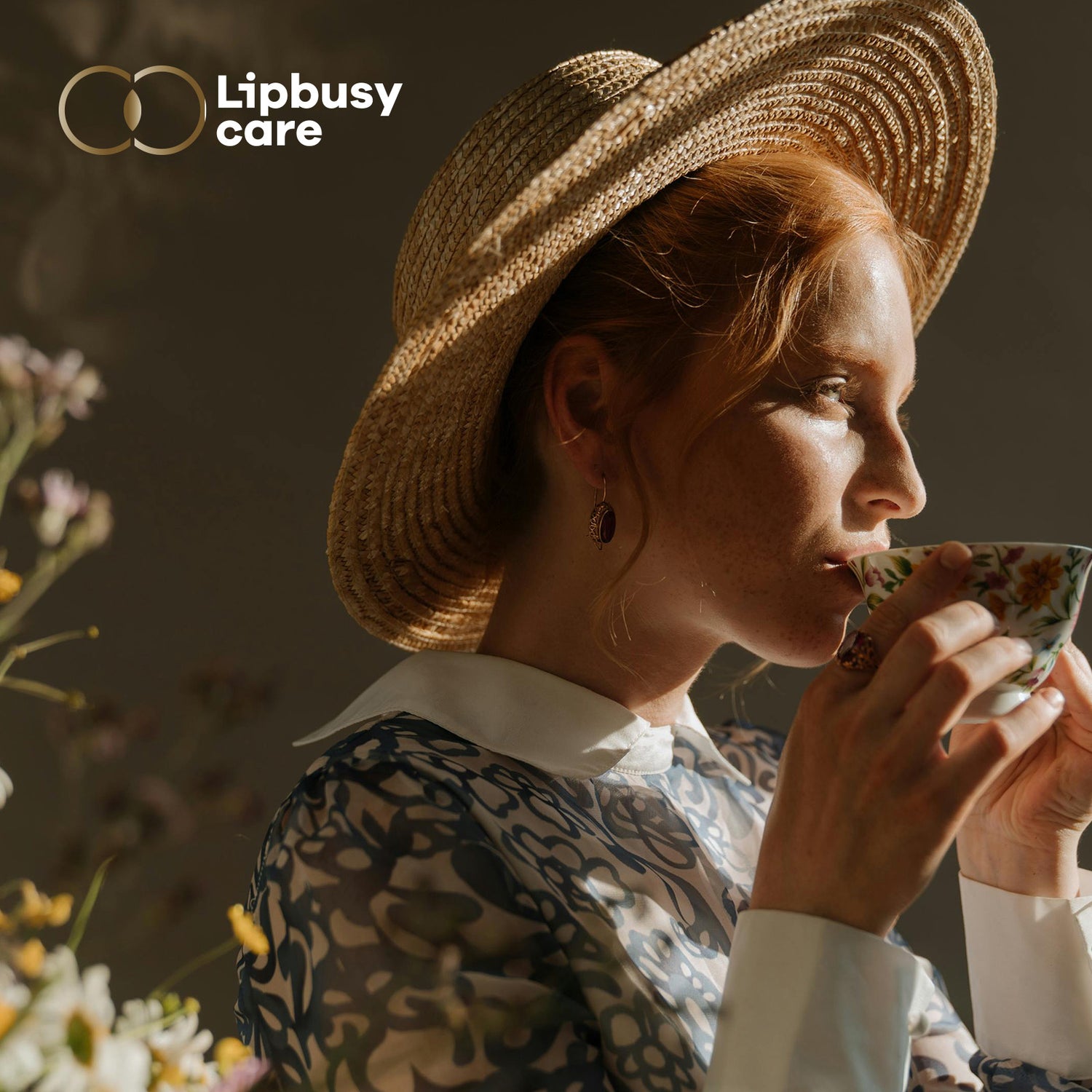
The Art of Tea Tasting with Lipbusycare
Tea tasting is a sensory journey that can be enjoyed anytime, anywhere. With Lipbusycare, you can learn how to fully experience and enjoy the nuances of different teas. Here’s your guide to mastering the art of tea tasting.
1. Evaluating Dry Tea Leaves
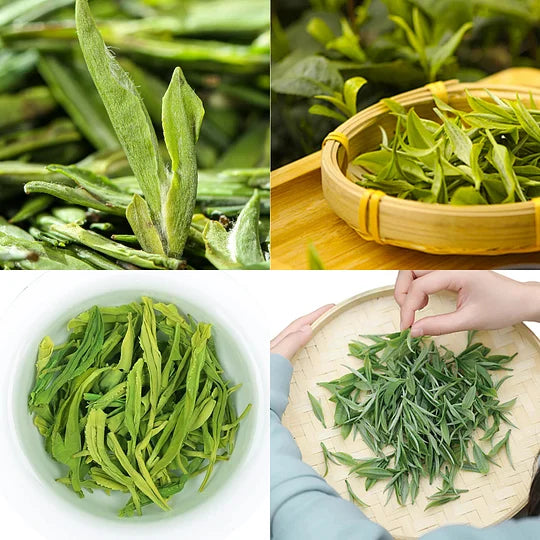
Start by examining the dry tea leaves. This step provides initial insights into the tea’s quality and processing.
Appearance: Look at the shape and size of the leaves. Are they whole, broken, or rolled?
Color: Note the color consistency and vibrancy. Fresh leaves often have a rich, uniform color.
Texture: Feel the leaves for moisture content and brittleness.
Aroma: Smell the dry leaves to detect any initial fragrance.
2. Brewing the Tea
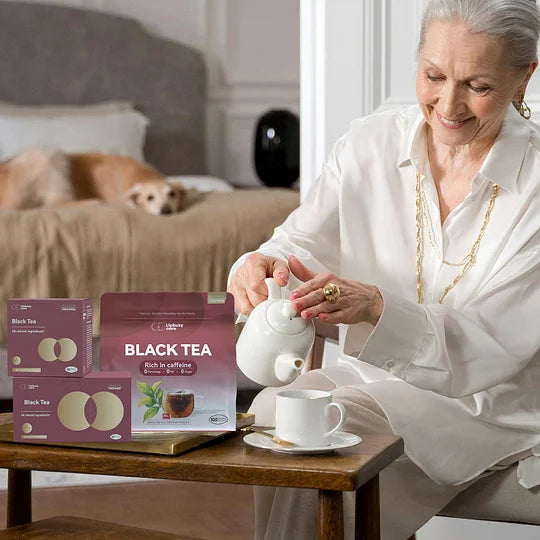
Unlocking the full flavor and aroma of tea requires careful brewing. Here's a straightforward guide to steeping various types of tea to perfection. These recommendations are based on optimal extraction levels, but feel free to experiment and find your preferred brewing method——
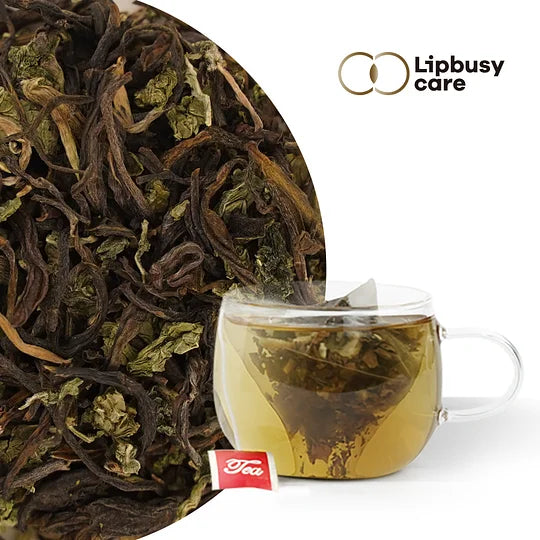
Green Tea
Brewing Method:2-3g in 150ml water, 80°C, 2-3 minutes.
Flavor Profile:Fresh and grassy, with a light, delicate body and a hint of sweetness.
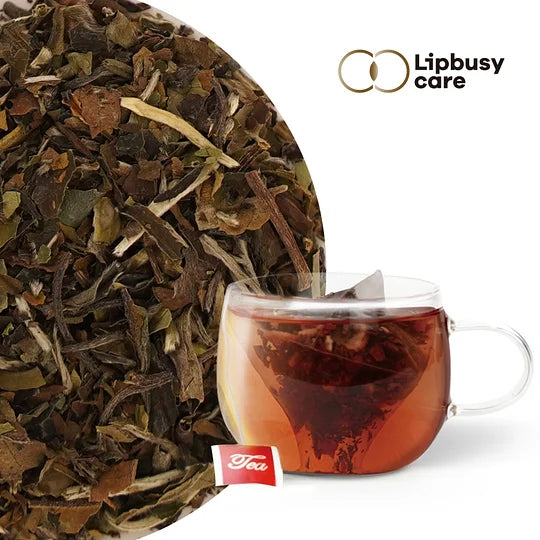
White Tea
Brewing Method:2-3g in 150ml water at 85-90°C for 3-5 minutes.
Flavor Profile:Delicate and subtle, with a light sweetness and floral or vegetal notes.
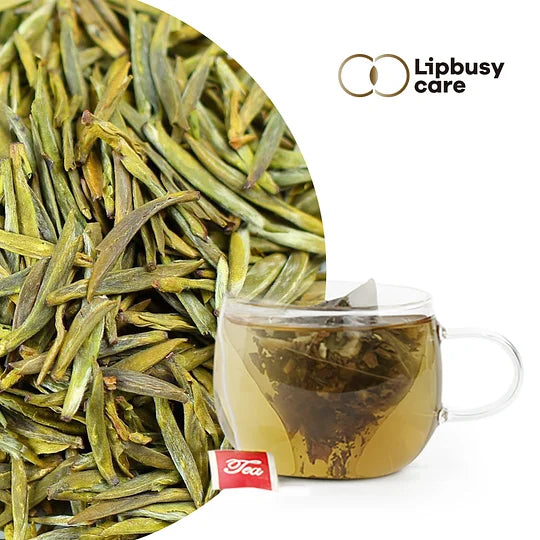
Yellow Tea
Brewing Method:2-3g in 150ml water at 80-85°C for 3-4 minutes.
Flavor Profile:Mellow and slightly sweet, with a buttery texture and unique vegetal and nutty tones.
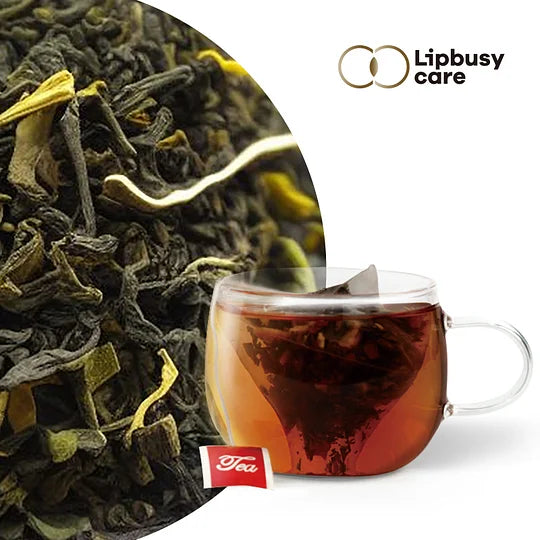
Oolong Tea
Brewing Method:3-5g in 150ml water at 90-95°C for 1-3 minutes.
Flavor Profile:Complex and varied, ranging from floral and fruity to creamy and woody, with a rich, full body.
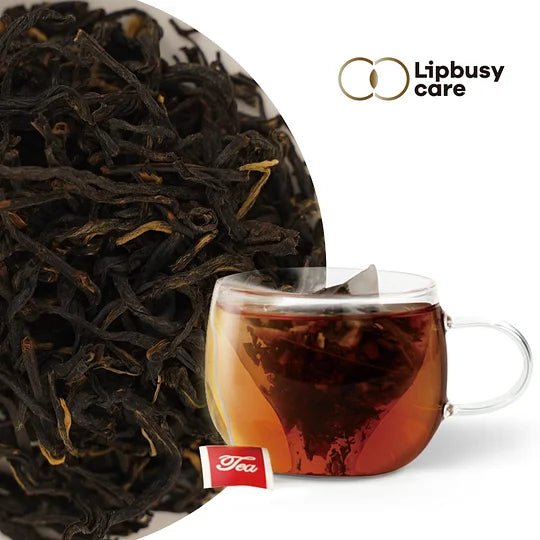
Black Tea
Brewing Method:2-3g in 150ml water at 100°C for 3-5 minutes.
Flavor Profile:Full-bodied with a robust flavor, from malty to fruity, often with a brisk astringency.
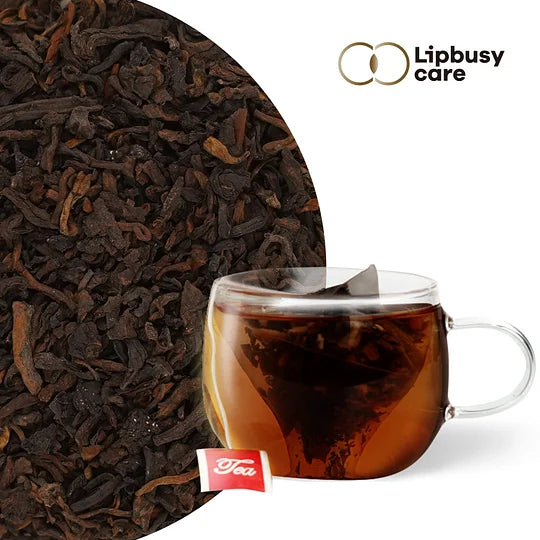
Dark Tea (Pu-erh)
Brewing Method:5-7g in 150ml water at 95-100°C for 1-3 minutes.
Flavor Profile:Earthy and complex, with mellow flavors of wood, spice, or chocolate, depending on the age and processing.
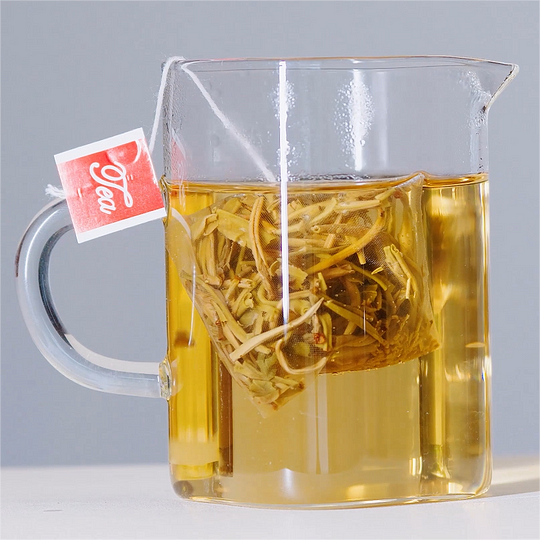
3. Observing the Liquor
After brewing, pour the tea into a white cup to examine the infusion, known as the liquor.
Color: Observe the hue and clarity. A good quality tea will have a bright and clear liquor.
Clarity: The liquor should be clean with minimal sediment.
Aroma: Inhale deeply to capture the aromatic profile of the brewed tea.
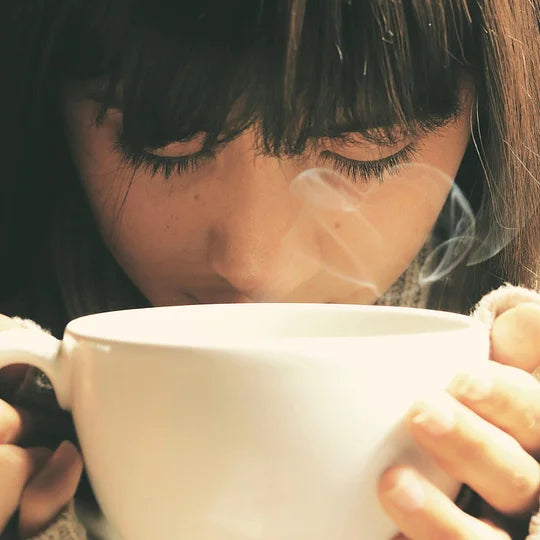
4. Savoring the Aroma
Aroma plays a significant role in tea tasting. Use these techniques to fully appreciate it:
Deep Inhalation: Hold the cup close and take a deep breath to capture the full aroma profile.
Short Sniffs: Use quick, shallow sniffs to identify subtle scent layers.
High-quality tea leaves have a natural, inviting fragrance that feels pure and refreshing, unlike artificial fragrances that can be overwhelming.
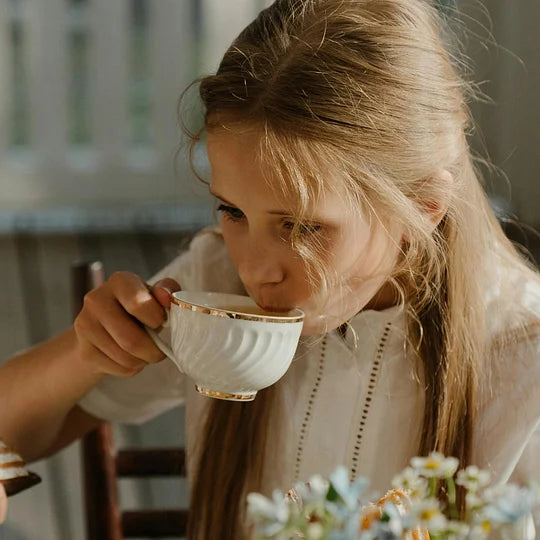
5. Tasting the Tea
Now it’s time to taste the tea. Take small sips and let the tea cover your palate to fully experience its flavor.
First Sip: Take a small sip to acclimate your palate.
Aeration: Slurp the tea gently to mix it with air, enhancing the flavors.
Swirl: Swirl the tea in your mouth to engage all taste buds.

6. Analyzing Flavor and Mouthfeel
Focus on the taste and texture of the tea. Break down the flavor profile into distinct components.
Initial Taste: The immediate flavor upon tasting.
Body: The main flavor that develops in the mouth.
Finish: The aftertaste that lingers after swallowing.
Mouthfeel: The texture and weight of the tea on the palate, such as smooth, astringent, or full-bodied.
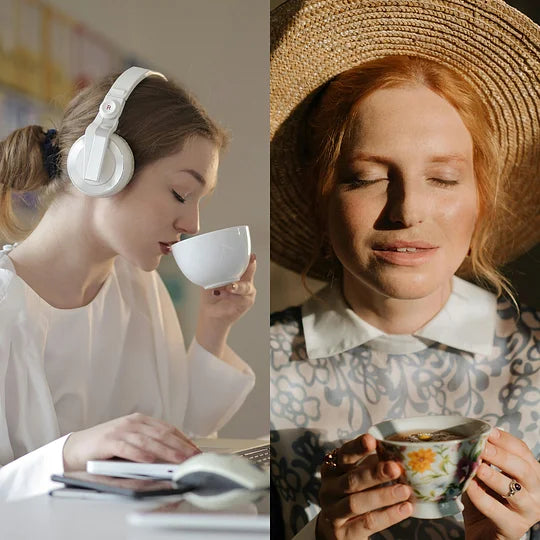
Tips for Enhancing Your Tea Tasting Experience
Connect with Tea Fans:Share your tea experiences with fellow tea lovers to exchange insights and deepen your appreciation for the variety of teas.
Vary the Setting and Mood:Enjoy the same tea in different environments and emotional states to notice how these factors can alter your perception of the tea's flavor profile.
Taste Multiple Teas:Taste different teas simultaneously to discern their unique characteristics and identify what sets them apart.
Play with Brewing Times:Explore how different brewing times and temperatures can impact the taste and aroma of your tea.
